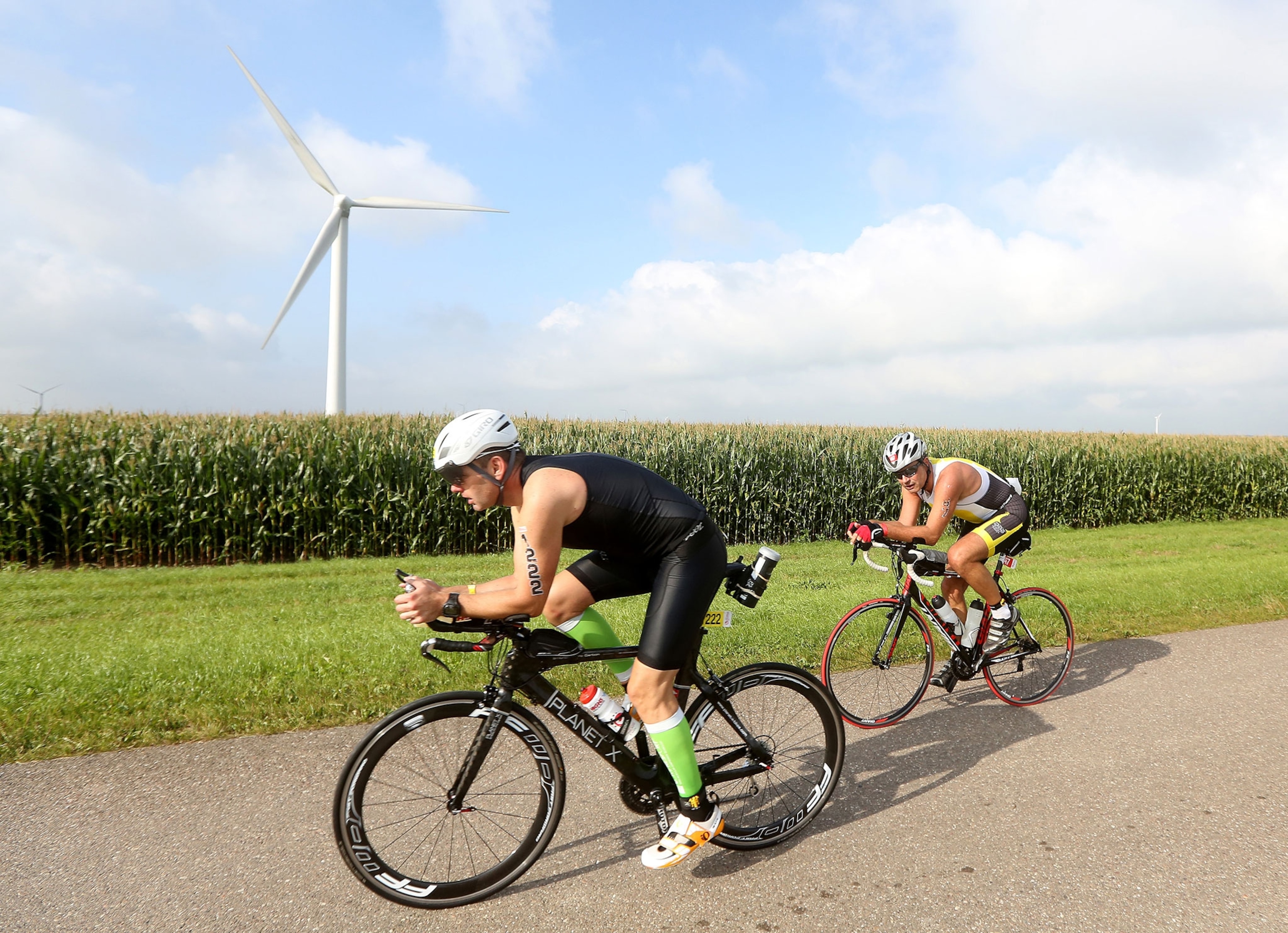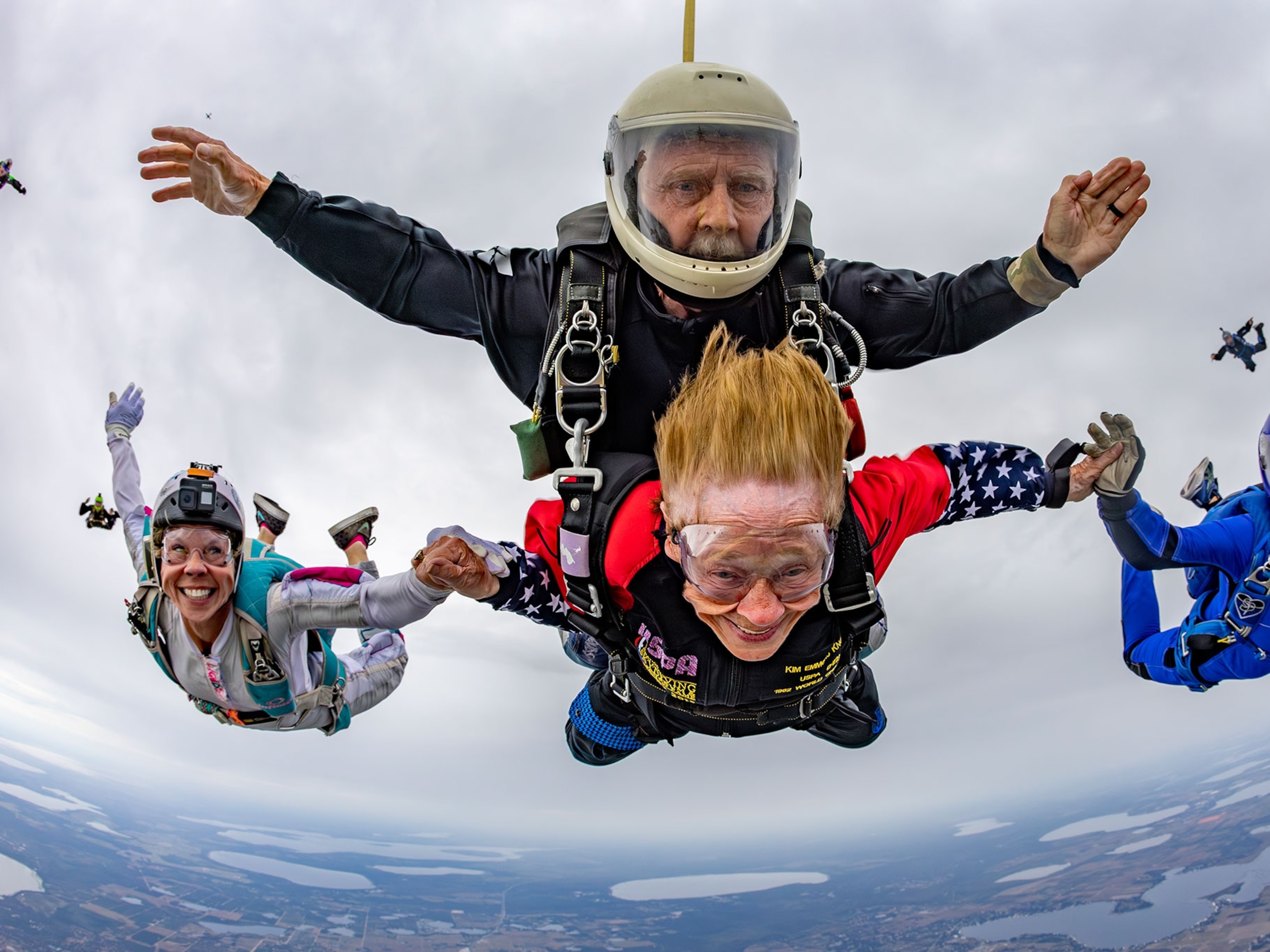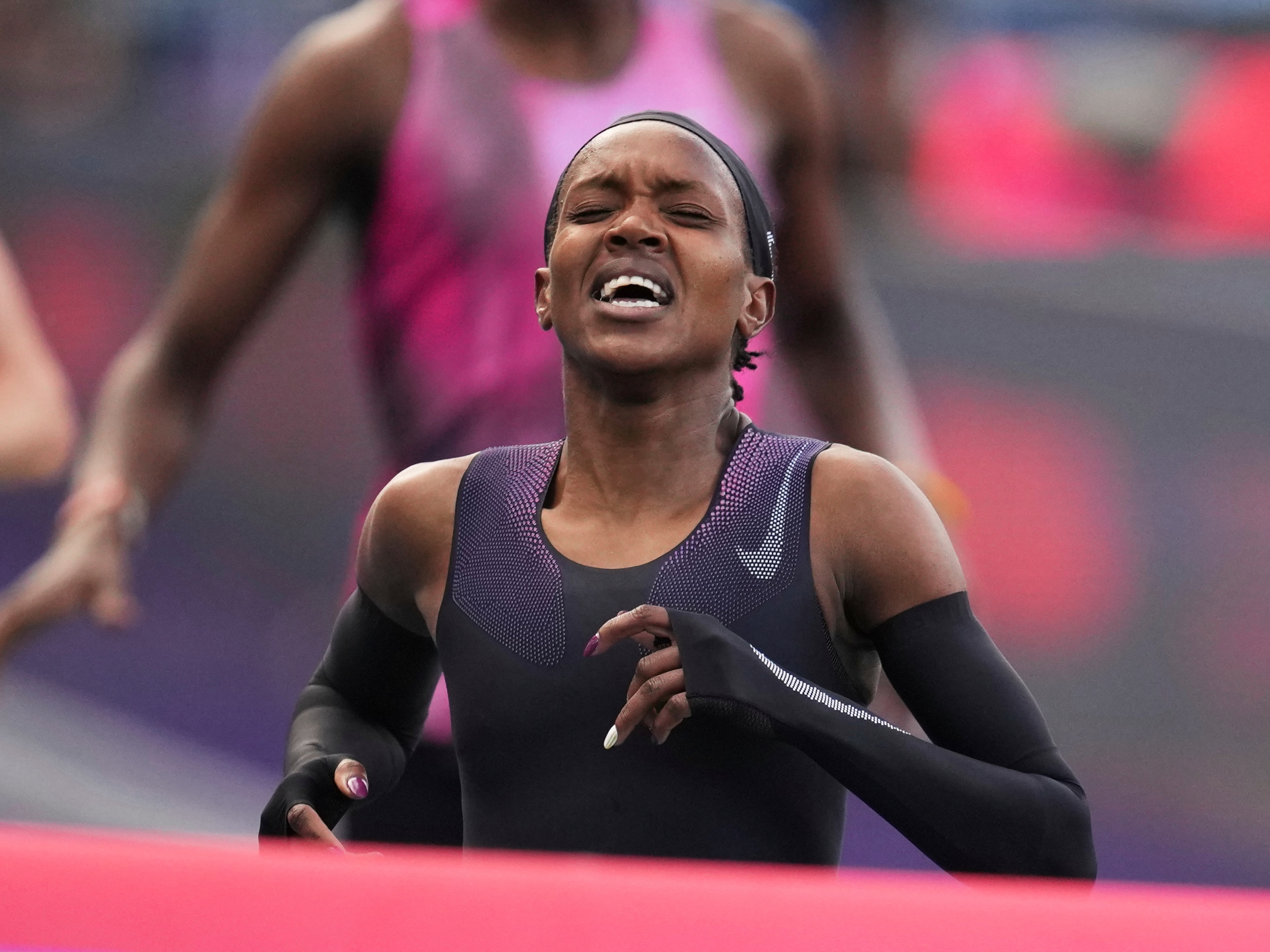
How to Tackle the Triathlon: 6 Biking Tips
A 40-kilometer bike race follows the swimming leg of an Olympic triathlon. Here’s how to hack your ride for maximum speed.
The 24.8-mile (40-kilometer) bike segment of an Olympic-distance triathlon, sandwiched between the swimming and running portions, is the longest of the three disciplines—and the most critical to winning the overall race. It’s where you can make up or lose the most time.
For performance-optimizing tips, National Geographic Adventure asked Susan Williams, 2004 Olympic bronze medalist in triathlon and the only American to medal in the sport to date. During her race in Athens, Williams suffered a crash near the end of the bike course and was passed by a handful of cyclists, but got back in the saddle quickly and chased down the competition for a spot on the podium.
Here are Williams’s tips for mastering cycling for triathlon.
1. Add Aero Bars
Triathlon-specific time trial bikes are different from traditional road bikes in that they have tighter geometries: A triathlon bike has a more compact frame to get your body in an aerodynamic position to cut down on drag. But they tend to be expensive and, for most beginners, not needed. “A tri bike is not a necessity. If you’re just starting triathlon, get a road bike and put aero bars on it,” Williams says. Aero bars—two metal bars with pads at the ends closest to the rider, which clip on to regular handlebars—allow you to drop into an aero position. Your elbows rest on the pads and your arms point forward so your body is tucked in for maximum speed.
2. Tuck In
Riding your bike in an aero position, with your elbows and forearms pulled in and resting on the pads, can feel awkward and unbalanced at first. Practicing your ride in this position will make you more comfortable on race day. Williams recommends training on bike paths or parks where there aren’t many stoplights to get used to riding with aero bars safely. While training and racing, Williams suggests dropping into the aero position on flat sections and gradual climbs where there aren’t any turns.
3. Good Form Means No Tippy-Toes
Williams’s rule of thumb for a good cadence, or pedaling speed, is 90 rpm (revolutions per minute, which a simple bike computer can measure so you don’t have to count) at a relatively light and easy gear. “Anything less than that can have you overexerting by pushing a bigger gear than you need to,” she says. Williams also warns against riding on your tippy-toes. “Bring your heel down,” she advises. Riding with your heels level with your toes engages your gluteal muscles for maximum power. And finally, she advises keeping your upper body as still as possible. “You don’t want to be swaying back and forth,” she says. “That’s just wasted energy.”
4. Know the Course
Check out the topography of your triathlon’s bike course and then model your training regimen on it. If the course will be mostly flat, says Williams, do intervals on flat terrain. If it will be hilly, ride on hills to build power. “Train appropriately,” and you’ll have an immediate advantage on race day, she says.
5. Ride Twice per Week
Williams recommends riding your bike at least twice a week. “One ride should be a longer, aerobic effort to build up endurance,” she says, and the second should be at a challenging pace, where you’re breathing heavily and exerting yourself. If you’re new to cycling, you should ease into that second, more anaerobic session, where you’ll be pushing yourself close to your max ability. “Build up to a race pace effort,” Williams says, adding that in the beginning, the most important thing is to just get on your bike. “As it gets closer to the race,” she says, “do shorter and more intense workouts.”
- National Geographic Expeditions
6. Practice Your Mount and Dismount
“If you watch the Olympics,” says Williams, “[athletes] do a flying mount and dismount.” While you don’t have to mimic Olympic style by jumping on and off your bike while it’s moving to save time during a race, you do want to keep your wheels rolling as you mount your bike, says Williams. Practice by pushing your bike by the handlebars and running alongside it, then throwing one leg over and sitting on the saddle without losing momentum. “Do this over and over again before your race,” to build speed at the outset, says Williams. And practice dismounting without stopping your momentum as well.
Next week, look for running tips in part three of this series.





